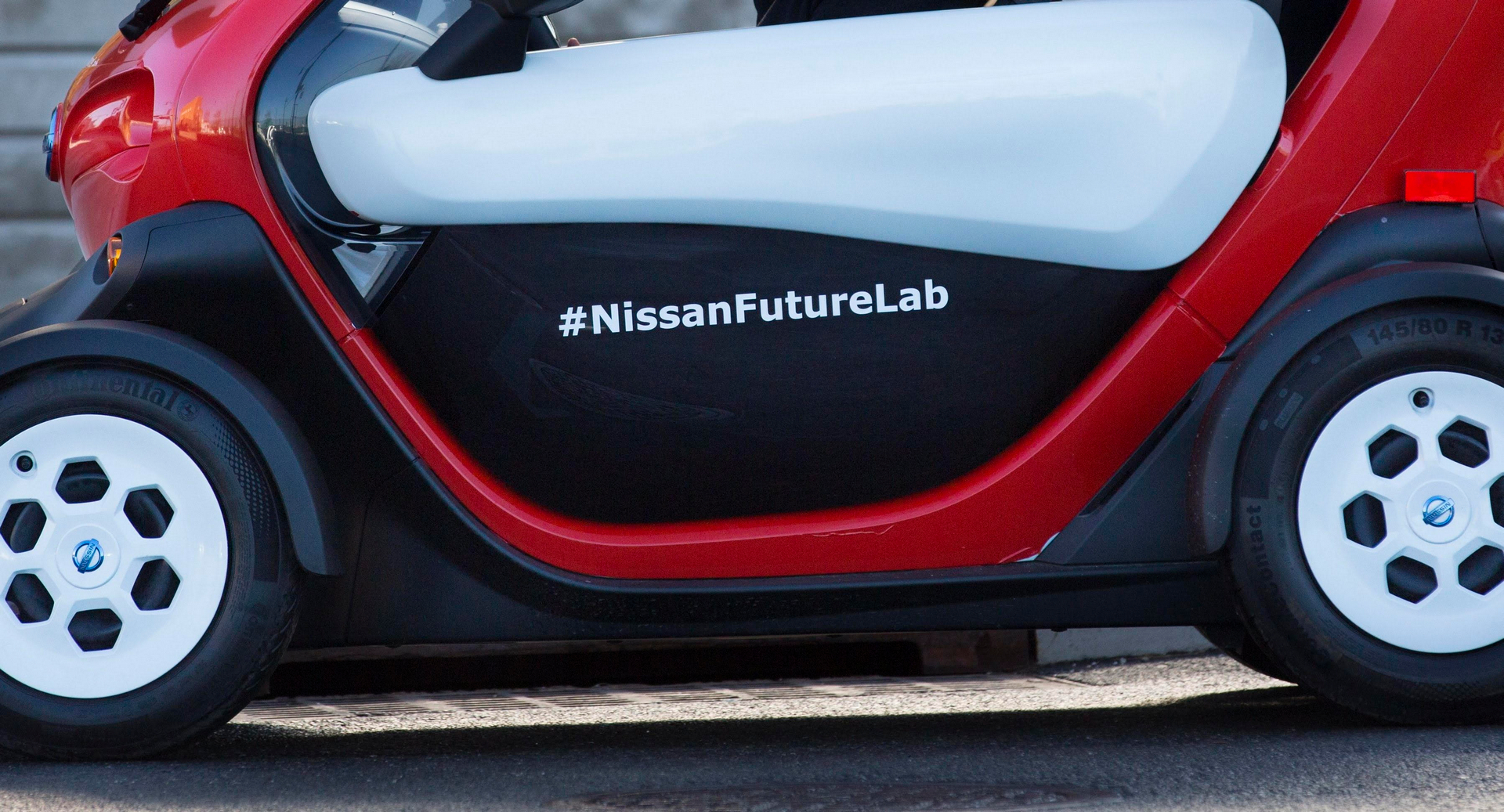Nissan is conducting a series of real-world experiments and trials to bring future mobility scenarios to life through several “Living Labs” underway at Nissan Future Lab. The “Living Lab” research provides user data to help Nissan anticipate and evolve to meet future transportation needs.
The difference between traditional research methods and Nissan’s “Living Labs” is the research relies on networking with external partners – like San Francisco-based Scoot Networks – to uncover opportunities and learn through observing user behaviors.
“Working within the living lab framework allows Nissan to experiment out in the marketplace,” said Rachel Nguyen, executive director, Nissan Future Lab. “By combining our hardware with outside software, services and systems into collaborative beta tests, Nissan has the opportunity to develop new products and service offerings that fit in the new mobility economy.”
Inspired by rapid developments in electric and autonomous technology as well as ride sharing trends, Nissan’s “Living Labs” focus on vehicle ownership structures, the changing marketplace for vehicle technology and new uses for electric vehicles.
Vehicle ownership structures. With the fast-paced growth of smart technologies and the emergence of the sharing economy, Nissan Future Lab is studying different sized and packaged vehicle solutions. Last October, Nissan launched its first “Living Lab” with Scoot Networks to bring 10 Nissan New Mobility Concept Vehicles (NNMC) to Scoot’s fleet in San Francisco. The electric-powered “micromobility” vehicles fit between a small motorcycle and a full-size vehicle and are available for rental using the Scoot app sharing platform. Through the pilot, Nissan is gathering data on city dwellers mobility choices for short distance trips, and the role electric vehicles play as shared transportation options.
The changing vehicle technology marketplace. The sharing economy also presents new opportunities to leverage vehicle technology. Studying the emerging mobility markets and understanding new business needs – like redistributing shared vehicles to their points of origin – can lead to new applications for still-developing vehicle technologies. The Scoot “Living Lab” is also providing data on vehicle distribution to help Nissan better understand the distance traveled from the origin, popular origin points and other user behaviors.
New uses for electric vehicles. Nissan is also actively studying the expanded use of electric vehicles including vehicle-to-grid (V2G) technology. Since 2014, Nissan has participated in a large V2G pilot program with the U.S. Air Force. A fleet of modified Nissan LEAF electric vehicles discharge power back into the gird through a series of bi-directional charging stations. The exchange is used to balance the overall load by absorbing excess power, then putting it back into the grid during times of high demand.
“The Future Lab team is exploring ‘Living Lab’ projects designed to help us better understand the real-world benefits of V2G technology for individual electric vehicle consumers and how it fits into their mobility lifestyle in the future,” added Nguyen.
Rachel Nguyen will provide an update on Nissan’s “Living Labs” project during the “Car of Tomorrow: Hardware Makers Building Partnerships to Succeed in a High-Tech World” session on Wednesday, Aug. 3 from 1:30 to 4 p.m. at the Center for Automotive Research’s Annual Management Briefing Seminar in Traverse City. More information on the session is available at www.cargroup.org.
About Nissan Future Lab
Nissan Future Lab was established in 2014 as an extension of Nissan’s global advanced planning group and looks decades ahead to identify potential issues and opportunities for the business today and into the future. Nissan Future Lab looks beyond products and examines the future of mobility in a wider sense. The group is inspired by rapid developments in automotive technology such as electric, autonomous and connected vehicles and trends like ride sharing.







































